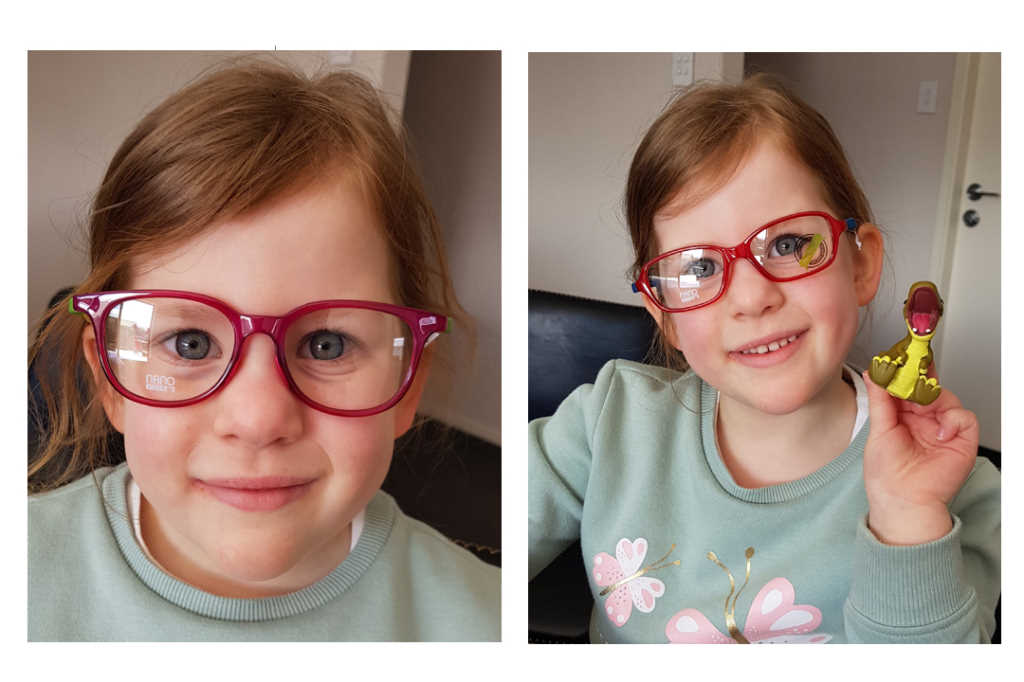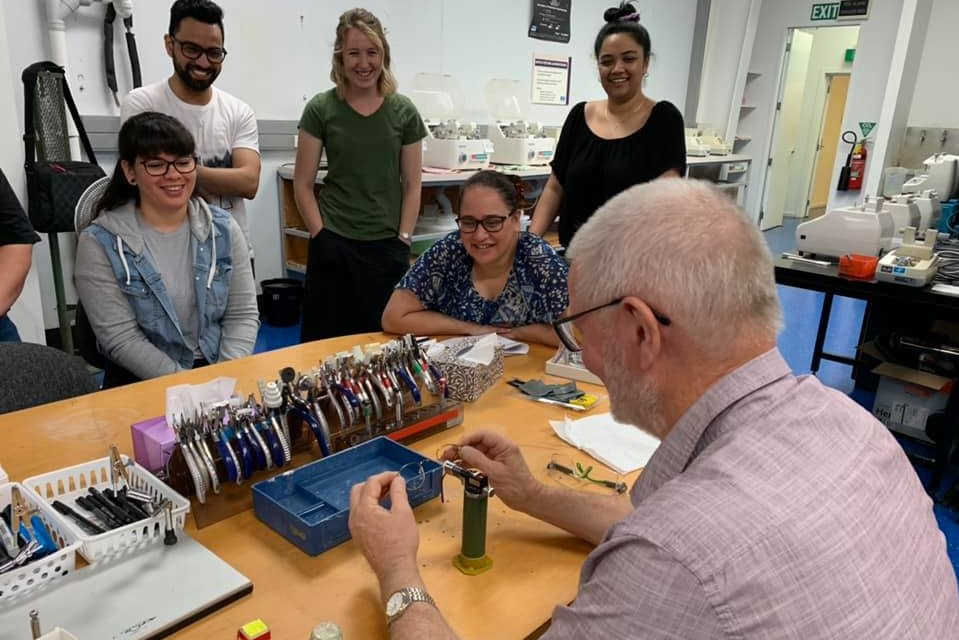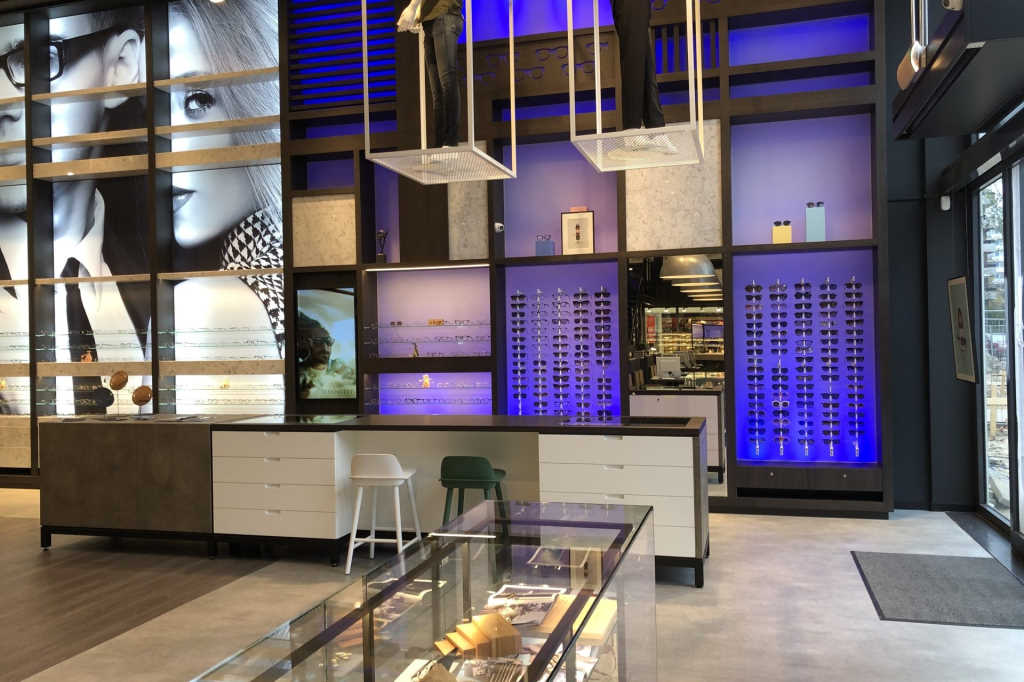Style eyes: Competing with online retailers
Understanding patient motivations and how to win them over for life
Although technology has helped make life easier in countless ways, there’s no denying that things were much simpler when the internet hadn’t been invented. Local shops only had each other to compete with and it seemed that, in general, people understood the value of a quality product and truly grasped the concept of ‘you get what you pay for’.
With the ability to purchase just about anything online nowadays, selling eyeglasses isn’t as straightforward as it used to be. No matter what your frame selection might look like, or how fantastic your customer service skills are, there are always going to be patients who opt to make their eyewear purchases online.
It’s a trend that’s growing quickly - in 2017, eight million pairs of prescription glasses were purchased online worldwide. While that number sounds astronomical, it only represents a fraction of the total market. But as more and more retailers enter the digital space, it’s only a matter of time before that eight million doubles or even triples.
What can we do to encourage patients to shop in our store instead of firing up their computer to find their next set of frames? Part of the strategy to make ‘a customer for life’ requires an understanding of why exactly people shop for eyewear online in the first place.
Getting to the heart of it
Every patient’s situation will be different. However, there are some common reasons why people buy their eyewear online instead of from their optometrist. Let’s uncover a few reasons:
Price - This shouldn’t come as a surprise to anyone in the eyewear industry, as the low prices many online retailers offer can be shocking. As optical professionals, we know that a complete pair of glasses as low as $43 can’t even come close to the level of quality that’s present in a brick and mortar shop, but customers don’t always see it that way.
Convenience - Trying on eyewear can be intimidating for some, especially patients who don’t like themselves in glasses, or are still coming to terms with the fact that they have to wear them. They’d rather ‘shop’ in the comfort of their own home where no one will see them. Alternatively, busy professionals may not have a full hour or more to spend trying on frames in a store and would rather make two clicks on their laptop to complete their purchase and get back to work.
Selection - An average optical shop carries hundreds of frames, but somehow, there are still those few patients who can’t find a single frame they like. This person decides to go home and shop online. Even if they don’t find a frame they’re in love with, they will likely make that digital purchase anyway just so they don’t have to make this an ongoing task.
Lack of education - As optical professionals, it’s our job to show patients the features of the frames we carry and explain the benefits of high-quality lenses. If we’ve failed to do so, the average person will see zero difference between the NZ$300 frame you sell and the cheap knock-off online.
How can you succeed against online retailers?
Overcoming the objections of shoppers can be difficult, but optical professionals have an array of tools they can rely on to not only dissuade people from shopping online, but to convert them into a lifelong customer. One of the best ways to demonstrate that in-person shopping is superior, is to offer information and clear communication.
While you don’t have to go around bashing the manufacturing practices of online competitors, describe how the lab you work with offers multiple quality checks while making its lenses. Discuss warranties if lenses were to get scratched and educate patients about what high-quality acetate is versus cheaper options, for example. Many customers love to see the benefits of a more costly frame as they hold it, so encourage shoppers to examine the unique hinge work and to really get a feel for just how light a frame feels on their face.
This level of education directly addresses any price concerns as well because, quite honestly, if you’ve done a good enough job demonstrating just how superior your frames are and why they are priced as such, patients will clearly understand that online options are cheap for a reason. Still, you will encounter some individuals who simply must get the best bargain out there, no matter how much they’re sacrificing!
Issues of convenience are a huge sticking point in today’s industry. Many online retailers offer to ship a selection of frames to homes and emphasise the ability for customers to try them on whenever suits them. For the homebody who loves to be in their sweatpants more than going out and engaging in the world, this option is hard to resist. That’s where superior customer service comes into play - you have the opportunity to act as a personal eyewear concierge.
You know your shop’s inventory better than anyone who walks through the door, so after asking the right questions, you should be able to pull a handful of frames out for a patient to try. They don’t want to spend hours looking through options and that’s one of the reasons they’ve come to you in the first place. Make their shopping process easy - don’t let them lift a finger!
Finally, we’ve all heard that customers turn to online shopping because your shop doesn’t have what they’re looking for. While this may not be your favourite thing to do, why not suggest a few other practices in the area that offer a different selection? For some, the mindset truly is brick and mortar vs online, so at the very least, let’s help to keep patients spending their money locally.
Competing with online retailers has always been a tricky situation, but by understanding patients’ motivations and overcoming their concerns, you have the opportunity to make a customer for life.
Courtney Elder has more than 10 years’ optical experience and loves wearing fashionable eyewear in Portland, Oregon, USA. Today, she works as a freelance writer but still loves all things specs.
























